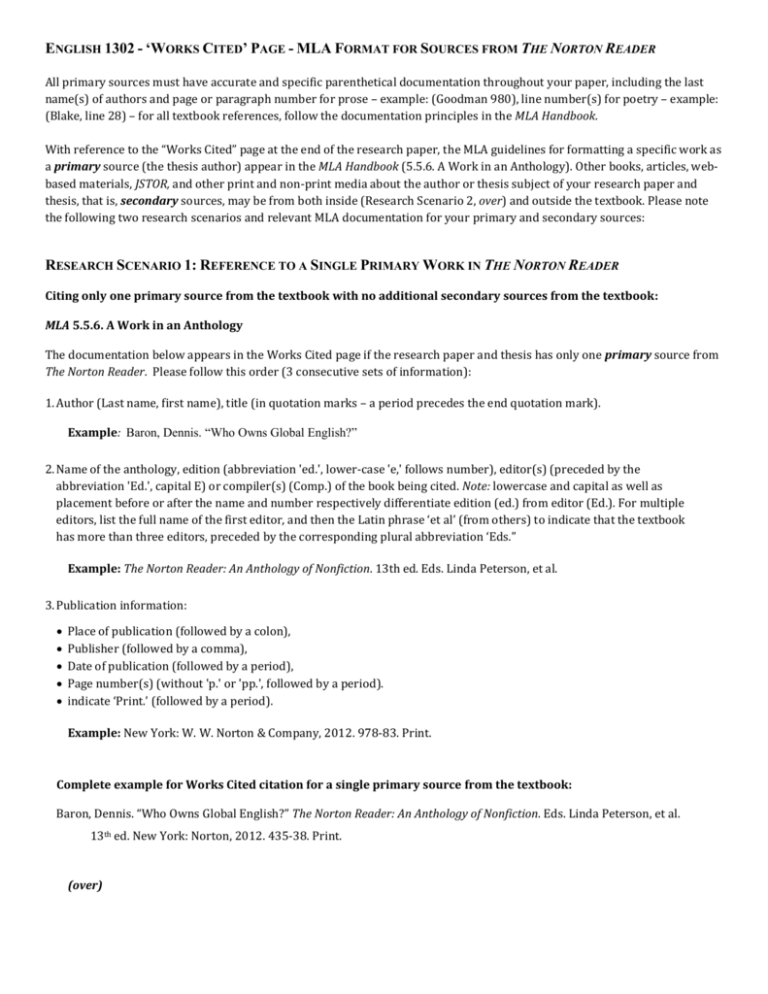

Performing Prose moves beyond customary studies to provide a refreshing and informative approach to the concepts and strategies of writing. Packed with useful tips and insights, this comprehensive volume investigates every aspect of style and its use to present an indispensable resource for both students and scholars.

The goal of the authors is to provide writers with stylistic “footing”: an understanding of the ways writers use style to orchestrate their relationships with readers, subject matter, and rhetorical situations. They discuss not only the benefits of conventional methods, but also the use of deviation from tradition the strategies authors use to vary their style and the use of such vehicles as images, tropes, and schemes. Whereas most writing texts focus exclusively on analysis or techniques to improve writing, Holcomb and Killingsworth blend these two schools of thought to provide a singular process of thinking about writing. By addressing style and rhetoric not as an editorial afterthought, but as a means of social interaction, they equip students with the vocabulary and tools to analyze the styles of others in fresh ways, as well as create their own. Drawing on numerous examples from a wide range of authors and genres, Holcomb and Killingsworth demonstrate the use of style as a vehicle for performance, a way for writers to project themselves onto the page while managing their engagement with the reader. Jimmie Killingsworth breathe new life into traditional concepts of style. In Performing Prose, authors Chris Holcomb and M. The Norton Reader: An Anthology ofNonfiction Prose. The Poetry and Short Stories ofDorothy Parker. “Whether the new rice varieties turn out to be a success or not, it will not increase electability of a party,” said Sunny Tanuwidjaja, political analyst of Jakarta-based think-tank Center for Strategic and International Studies.In Hunt, ed.
#Who published the norton reader 13th edition free
PAN has not developed its own rice variety, but it requires its candidates to draw up programs to help farmers and fishermen, including the distribution of free rice seeds and setting up of cooperatives, Bachir said. “People will choose candidates who they think have seriously worked for the people,” said Soetrisno Bachir, chairman of the PAN Party, who dismissed the high-yield rice as a gimmick.

With a parliamentary threshold of 2.5 percent and thousands of candidates from 38 different political parties fighting for 560 seats in parliament, competition is expected to be intense. The polls will determine which parties can field candidates for presidential elections on July 8. Southeast Asia’s biggest democracy holds parliamentary elections on April 9. “These seeds are a contribution from PDI-P to Indonesia’s farmers,” said Pramono Anung, PDI-P’s secretary general, according to the party website, while he was campaigning last week in Blitar, East Java. MSP has a yield of up to 12 tons per hectare, according to PDIP’s website, compared with 5 tons for normal varieties. Megawati Sukarnoputri’s PDI-P party has launched its own variety of “MSP” rice: that stands for “Mari Sejahterakan Petani” or “let’s improve the welfare of farmers,” but it’s no coincidence those are the initials of the former president. Two out of every five people in the 108 million-strong labor force works in the agricultural sector. Rice isn’t just an important part of Indonesian cuisine - Indonesians say you haven’t eaten unless your meal includes rice - it’s also embedded in the cultural consciousness in a land of 226 million people. A worker checks ballot papers before distributing them to the districts in Surabaya of Indonesia's East Java province April 6, 2009.


 0 kommentar(er)
0 kommentar(er)
